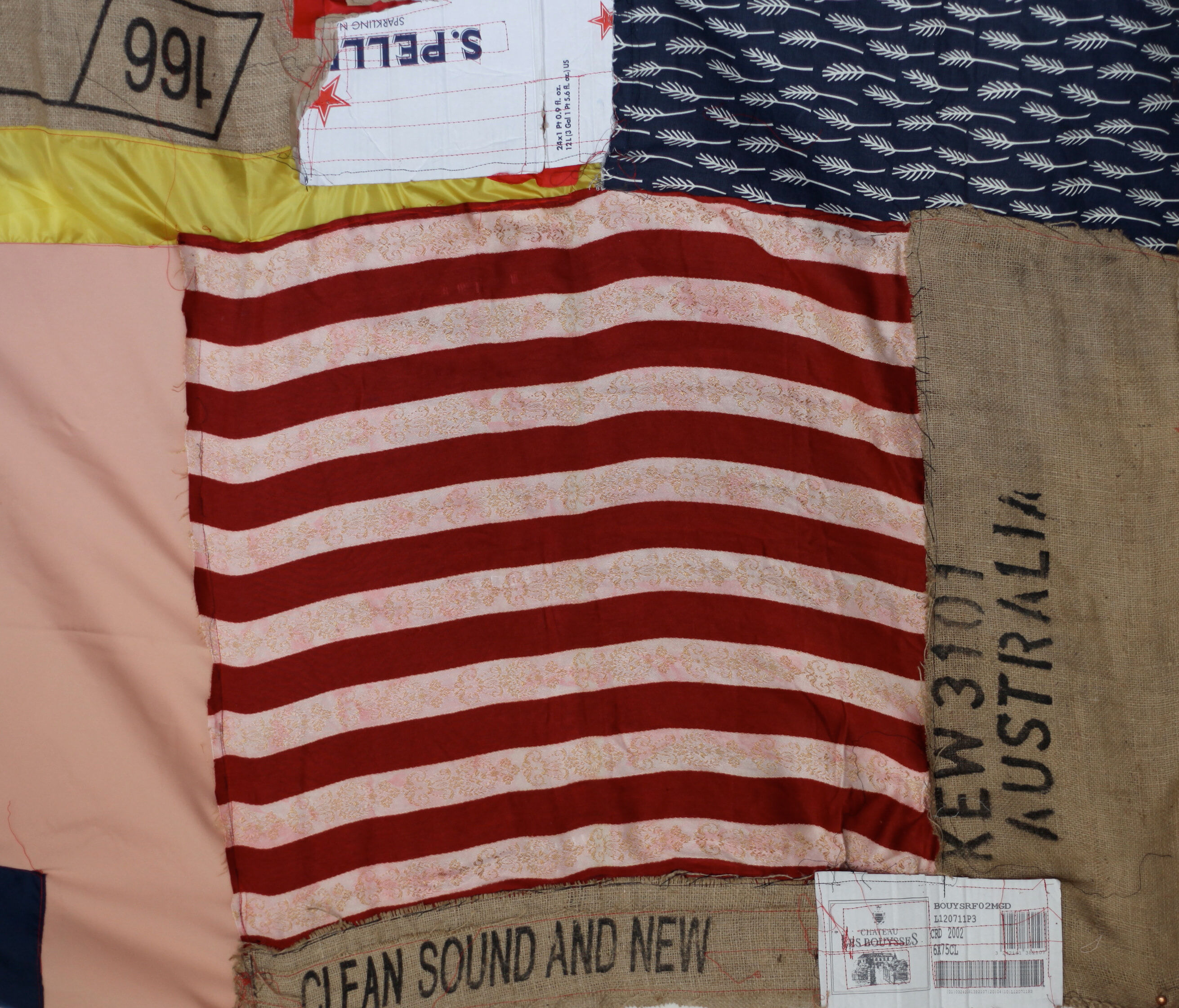A.R.T. – what does it mean?
Artists: Karen CASEY, Anna CAIONE, Ian de GRUCHY, Gary WILLIS, Luciana PERIN, , Xiao Yu BAI, Joyce SPILLER, Susan HASE, Hannah BERTRAM
When we look at an artwork many possibilities come into play. From the first we might be impressed by what they see, intrigued by a certain effect or subtle play of colour or possibly a constellation of ideas. Perhaps, if the work is not to our liking and we are repelled by what we perceive we decide after all it is not especially fine. Later upon reflection we wonder what the artist had intended by their creation. This process of understanding artworks through their perceived or apparent meanings is one way that we as viewers orientate ourselves towards the objects that capture our interest. If we understand something it ceases to be a threat. It’s about that, we can say. But then, a few days later we might revise our position and decide that our earlier assessment was far from accurate, even as we wonder, how could such a thing be possible? Are meanings so fugitive that they cannot be fixed to an object? Are artists somehow deceptive in how they present their ideas? Whatever we say of an artwork, its compositional arrangement, its content and meaning, the context in which it was made, there is always something else, an indefinable aspect that we cannot entirely pin down. Such a factor persists in how we engage with art, an emotional force that plays on the uncanny presence of the object. It inhabits its conceptual language, lies in the shadows of arts visual power and above all animates each objects capacity to shape and inform our world. ‘Process / Presence: Processo / Prezensa’, brings together a series of works by contemporary Australian artists, which are derived from a diversity of creative processes – working methods, materials explorations, the interweaving of ideas, imagery and experience. Despite the differences of their approaches each has arrived at objects that are imbued with differing qualities of presence, the likes of which affect the ways that we engage with their content.
We are very pleased to present this exhibition at the new Museo Italiano, in the Melbourne suburb of Carlton. In the first instance the exhibition grew from a suggestion by artist Luciana Perin to work with a core of artists who have either previously exhibited together or are closely aligned in their artistic interests. Further still, as the aim is to travel the show in Italy, the exhibition would deepen our connections to such locations where the artists have family connections there or alternatively associations through cultural exchanges and friendships.
By DAMIAN SMITH Exhibition Curator


